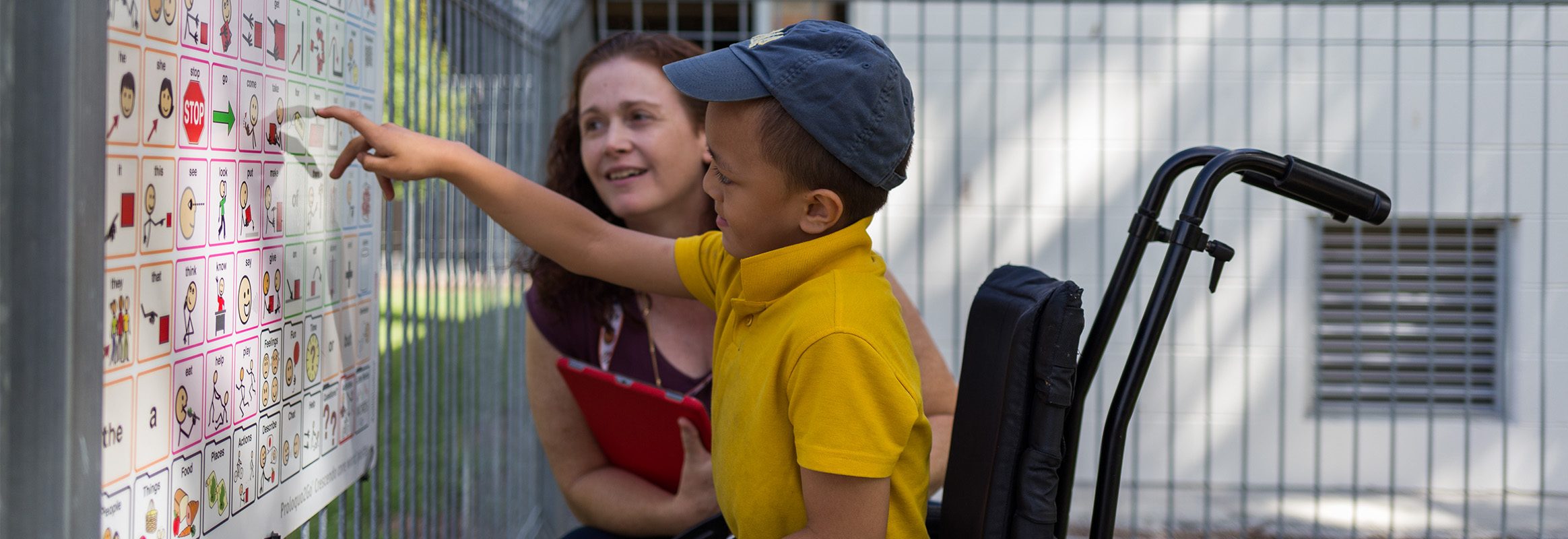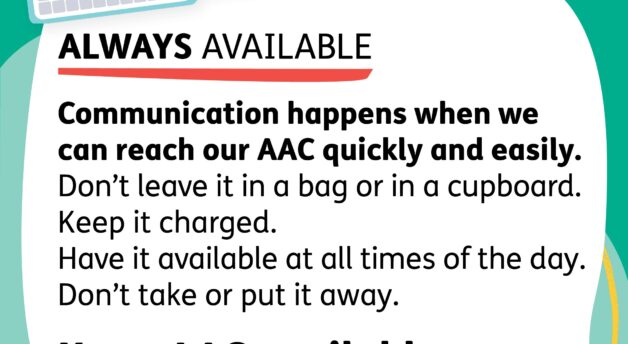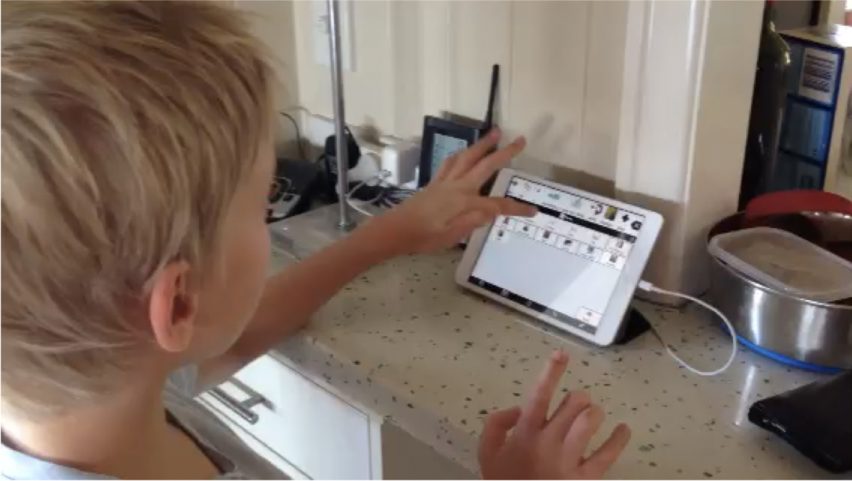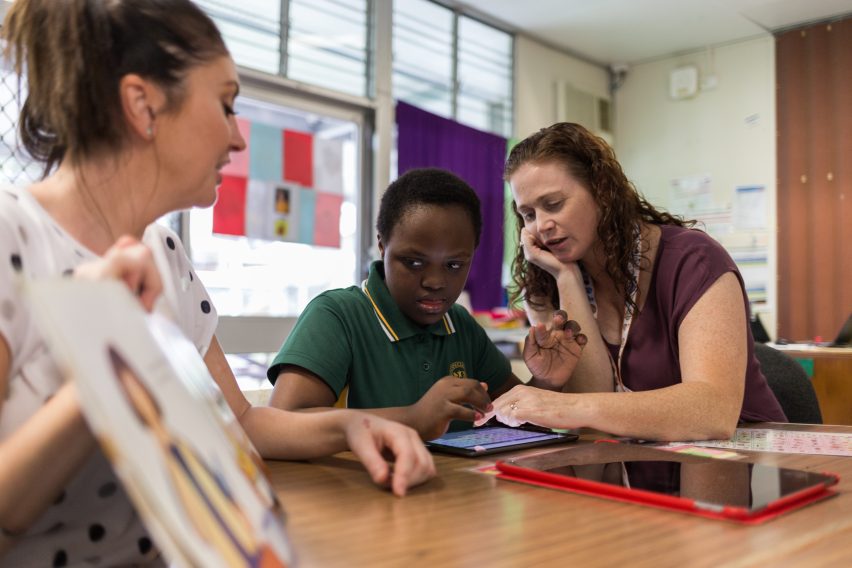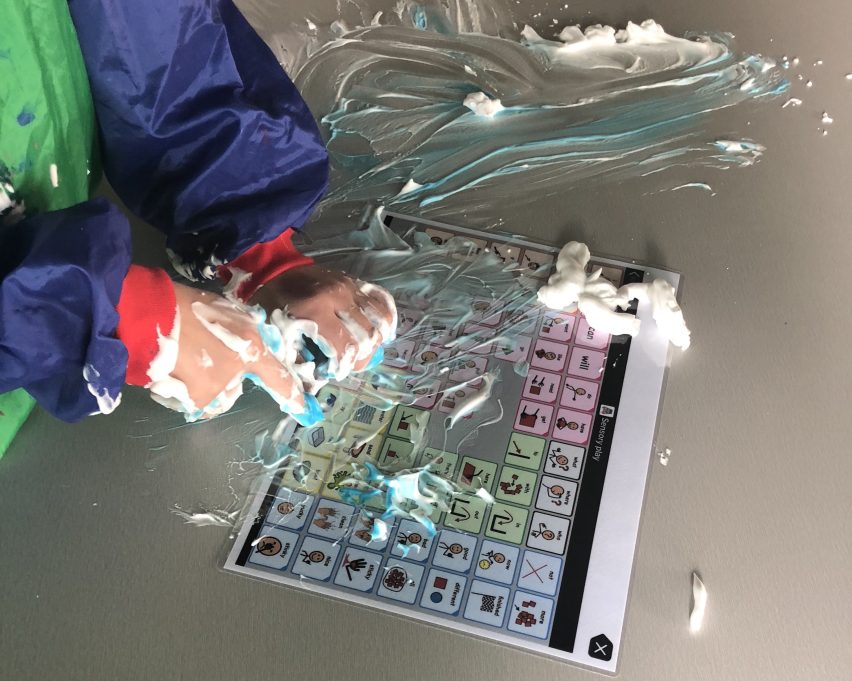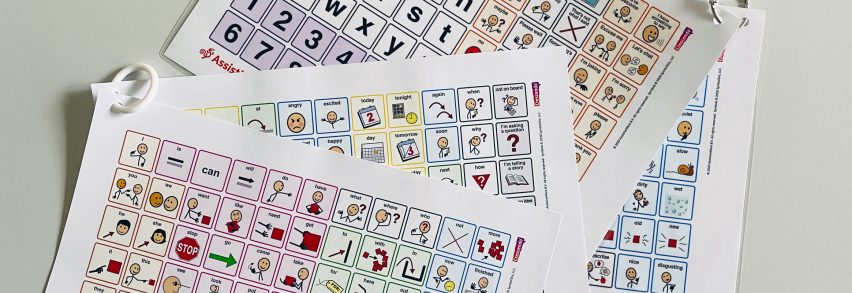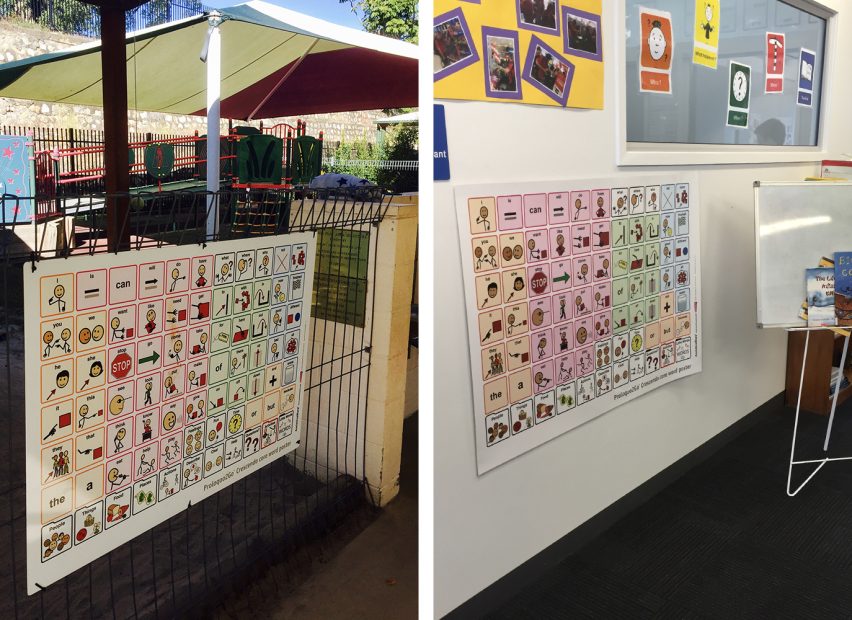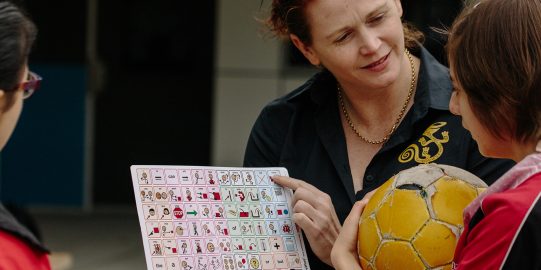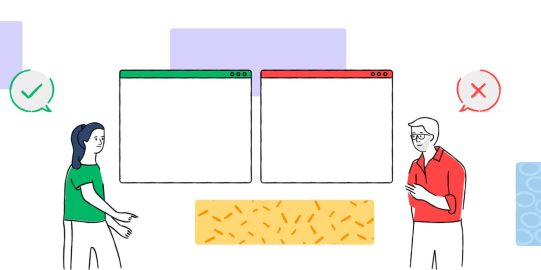A crucial step in the Augmentative and Alternative Communication (AAC) process is setting up environments. We need to make AAC is always available.
This ensures that AAC users have access to their communication devices. It also means that teams can provide modeling and support on the AAC.
For AAC users, access to their AAC system is essential. If they wish to communicate what they want, when they want, they must be able to reach that AAC system. AAC should not be in the cupboard or left in a bag - it is too hard to get. AAC users cannot communicate if the battery to their AAC device is dead. If AAC system is only available during morning circle or at McDonalds, this is not useful. Having access to their AAC system is crucial. Everyone should be responsible for making AAC available. And there should always be a plan for when AAC is not available.
If a person has a physical impairment, we do not take away their walker when they need to walk. If a person has a hearing impairment, we do not take away their hearing aids when they need to hear. So why do we take away a person’s AAC system when they need to talk?
This article will cover 7 strategies to ensure that AAC is always available for users. Some specific topics will include:
- Allowing access to AAC for multimodal communication
- Giving AAC users a way to ask for their device
- Giving everyone access to the AAC system
- Keeping the AAC system turned on and charged
- Paper-based AAC options
- Utilizing whiteboards and tv screens, and
- Considering accessories to keep AAC accessible
1. Multimodal communication
Keeping AAC available is often complicated for many AAC users. Often they have multiple ways to communicate their messages. In addition to their AAC system, they may use a combination of vocalizations, word approximations, gestures, and sign language. Sometimes, in our fast-moving world, it can be faster and easier to rely on their vocalizations and gestures. We should value and respond to all methods of communication.
But what happens when that communication fails, when we cannot understand what the individual is trying to tell us? What if the individual has far more to say, than they can communicate with the sounds and gestures alone? Many AAC users need all the words and language in their AAC system all the time. It needs to be there and ready for them to use as soon as they need it.
For example, Matthew, is an excellent at multimodal communication. He communicates very effectively using some words and vocalizations, combined with a great repertoire of signs. He uses these methods of communication all day. Often, they give him a fast way to get his message across. However, these things do not work so well with unfamiliar people. Nor does it help him to tell the teacher what he has learnt from the lesson on recycling. It also doesn’t help when Mum has no idea what he is trying to tell her about what happened at school that day. This is when Matthew uses his AAC system. There are many, many times in the day that he uses it because his vocalizations and signing are not always enough!
